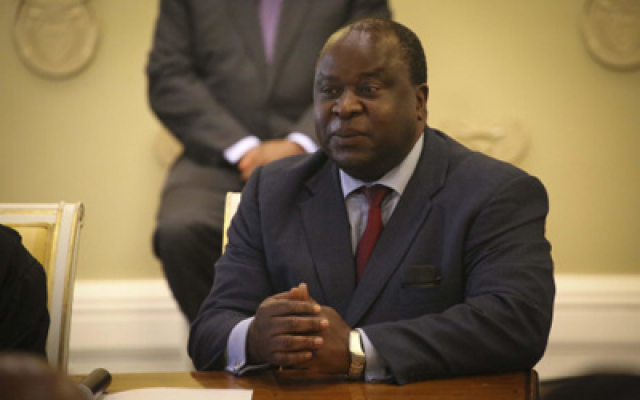New Minister of Finance, Tito Mboweni’s, maiden medium-term budget policy statement – also called the mini-budget, reveals a full-scale budget blowout, the Democratic Alliance (DA) said.
It added that this is clear evidence that the ‘new path’ of economic growth, employment and transformation has failed in South Africa.
“The medium-term budget policy statement reveals a full-scale budget blowout, with stagnant economic growth (2%), lower-than-expected revenue (R85 billion), higher-than-expected expenditure (R12 billion) and “bail-outs” of state-owned enterprises (R9 billion), including a R5 billion “bailout” of zombie state-owned airline, South African Airways,” described David Maynier MP – DA Shadow Minister of Finance.
Fiscal slippage in Mboweni’s mini-budget
Maynier added that the fact is that, compared to Main Budget 2018, there will be significant “fiscal slippage”, with:
- the fiscal deficit increasing by R22 billion in 2018/19, R33 billion in 2019/20 and R41 billion in 2020/21;
- national debt increasing by R19 billion in 2018/19, R55 billion in 2019/210 and R103 billion in 2020/21; and
- the national debt will now only stabilise two years later at 56.5% of GDP in 2025/26.
“What this means is that debt service costs will skyrocket to a staggering R247 billion in 2021/22, which is R148 billion more than we will spend on police, R55 billion more than we will spend on social grants, and is equal to what we will spend on basic education this year, 2018/19, in South Africa,” he described.
Maynier said that ordinary people, who are battling to make ends meet, and who are battling to put bread on the table, are likely to be hit by further tax increases over the medium-term.
He added these are to effectively “bail-out” the governing party, “who have mismanaged the economy for more than a decade in South Africa”.
“We have an expenditure problem. We must now implement a Comprehensive Spending Review aimed at reducing national debt and debt service costs, over the medium term between 2019/20 and 2021/22.”



